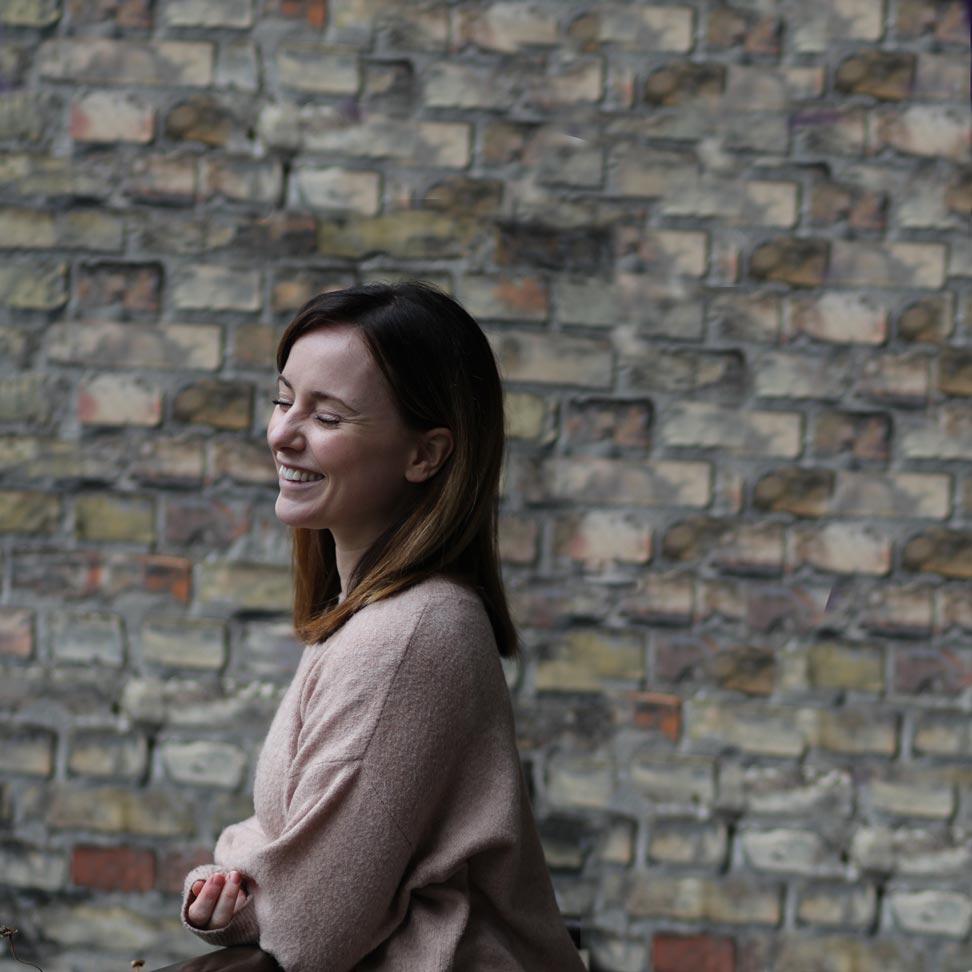There are a wide variety of factors that come together to make for a good LGBTQ destination. From history, local laws and public opinion, to what you hope to get out of it, there are several aspects to consider. Here are some ideas of what makes for the best kind of destination for queer travellers, as well as some specific considerations for both singles and couples.
Big cities
Flying the flag during the San Francisco gay pride parade
When you think about the most LGBTQ-friendly locations around the world, most that come immediately to mind are big cities: San Francisco, Buenos Aires, Berlin, Sydney.
Capitals tend to be the best places to find an open and engaged LGBTQ community for historical reasons (they are often the places where the scenes began), and also just because of scale: there is a bigger concentration of people in large cities than elsewhere, meaning that the likelihood of there being a significant LGBTQ population is much higher. As a result, there will very likely be businesses such as cafés, bars, clubs, saunas, hotels and shops aimed at that population.
There are of course exceptions to this generalisation. Places like Sitges (Catalonia), Mykonos (Greece), Palm Springs (California), Maui (Hawaii), Key West (Florida), and Puerto Vallarta (Mexico) are all examples of smaller locales, most of them by the sea, that offer a much more laid back atmosphere and slower pace of life than big cities, while still being very LGBTQ-friendly.
Read more: 9 trending gay-friendly destinations
Marriage equality and other equal rights
Tying the knot during the San Francisco gay pride parade
Countries whose governments have granted the same rights to their LGBTQ population as to the rest of its inhabitants are much more likely to be good destinations for queer travellers. Currently there are twenty countries in the world that have marriage equality (Argentina, Belgium, Brazil, Canada, Denmark, France, Iceland, Ireland, Luxembourg, Mexico, Netherlands, New Zealand, Norway, Portugal, South Africa, Spain, Sweden, United Kingdom, United States and Uruguay).
While none could be exhaustively considered as a utopia for LGBTQ people – where you can expect to never experience discrimination – they have certainly made a step in the right direction to recognising their inhabitants as being equal. This means that, as a visitor, you are much less likely than in other places to be the victim of homophobic abuse. Incidentally, all of these countries also have thriving queer scenes, some more mainstream than others, and their inhabitants are generally very accepting of LGBTQ people.
For trans* visitors, countries whose governments grant the most progressive rights to individuals who have transitioned or are transitioning, are more likely to be trans*-friendly, such as Argentina, Malta, Ireland, Spain, Sweden, Colombia or Denmark. This means that in such countries, you’re more likely to meet happily open trans* people and find there are fewer hurdles to overcome as a visitor than in other countries with less progressive laws in this regard.
Considerations for singles
What makes a good LGBTQ destination for a single person may differ somewhat from other groups, especially if you are travelling alone and hoping to make friends or possibly have a holiday romance.
If you prefer a smaller destination and perhaps somewhere with a beach, places with a queer party scene or with men only or women only resorts are a good bet, such as the Canary Islands, the Mexican Riviera, the islands in the Gulf of Thailand or the Philippines. In these kinds of places there will likely be many other singles looking to make friends, connections, one-night stands or even find life-long partners.
On the other hand, if you’re into exploring history, nightlife, food and cultural offerings in places where you’ll easily be able to meet other queer people, consider a big city with a strong reputation as an LGBTQ-friendly place to visit instead, or even a more alternative one. Those listed above are great places to start.
Accepting public opinion
Stroll along ‘Boyz Town’ bars and clubs off Souriwong Road in Bangkok
While it may seem obvious that a place where LGBTQ people have the same legal rights, statuses and protections as everyone else is probably going to be a good destination for the queer traveller, if public opinion does not line up with those laws, the reality may be a different story. Of course, the opposite is also possible, where the popular stance towards LGBTQ people among locals is ahead of the law and being openly queer is quite accepted by the average person on the street.
One example of a country where this may be considered to be the case is Thailand, where there are not as many laws in place protecting LGBTQ people as in most western countries. However, same-sex couples holding hands in public is mostly considered normal and not something scandalous, making Thailand an easy country for same-sex couples to travel to. To generalise, many other Buddhist countries are more often than not similar in this regard, such as Cambodia, Laos, Taiwan, Sri Lanka and Japan, though none of them have marriage equality, for example.
There are also many cases of destinations where due to the fact that you’re a foreigner, you will likely not be held to the same standard as the locals, and non-conforming gender behaviour is tolerated and even respected, whereas for locals it is still considered taboo. Such places include the Philippines and Peru, for example, and more broadly, many other Catholic countries which have not yet adopted marriage equality, such as Colombia, Costa Rica or Poland.
Considerations for couples
Sharing a little love during the Pride fun in San Francisco
Probably the biggest consideration for same-sex couples in determining if a destination is going to be a good place to take a holiday is safety: will you be and feel safe and comfortable showing affection for your partner in public there? Of course, as a single traveller, you are likely to draw less attention than a same-sex couple, so this is something particular to couples who are travelling.
In many parts of the world, you will likely experience this differently depending on whether you are a female or male same-sex couple. This is because displays of female same-sex affection are more commonly considered acceptable and lesbian couples will more likely be read as friends or family in many cultures, rather than being assumed to be “together”.
Male same-sex couples showing affection for each other may more often draw negative attention. Be extra cautious when travelling to places where homosexual behaviour is a crime, which is variably punishable by a fine, imprisonment or death. This includes many parts of South Asia, the Middle East, West, Central and East Africa and the Caribbean. Therefore, caution should be taken to consider local laws before visiting a new destination. Whenever in doubt, check your home country’s governmental travel advice site.
Read more: 7 useful tips to surviving your first holiday as a couple
The dreaded double bed conundrum …
Another less serious but still important consideration for couples is the so-called double bed conundrum. Is booking a hotel room with a double bed as a same-sex couple going to cause confusion, mistakes, prejudice or even rejection from the staff? This will of course depend on where you are going, but assuming you’re in a country where homosexual behaviour is not illegal, simply being clear, insistent and calm while checking in if there are any issues will help.
Finally, for monogamous couples, remember that hookup and dating apps like Grindr, Gay Romeo, Manhunt, Tinder, HER or Hinge can also always be used to meet people without sex being involved! Using platforms like these can be a great way to meet locals and get tips on where the best spots in your destination are, as well as gain some inside knowledge into what it’s like to live there as an LGBTQ person.



